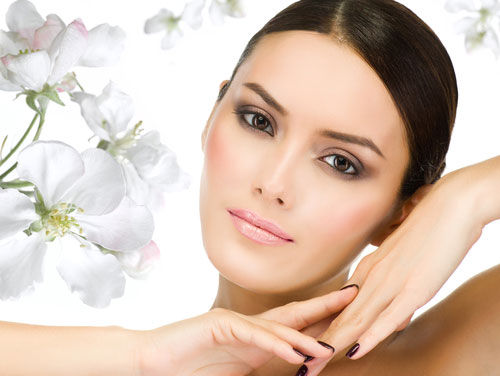Acne and painful subcutaneous inflammation is one of the most common skin problems, especially among teenagers and adults. It is not only a cosmetic problem, but also a skin health issue that requires attention and proper care. In this article, we'll break down the causes of acne, methods of treatment, and prevention of subcutaneous inflammation using as many long-tail keywords for SEO optimization as possible.
Causes of subcutaneous inflammation
Subcutaneous inflammation can be caused by a number of factors. To get rid of subcutaneous inflammation on the face, it is important to understand the underlying causes:
- Hormonal changes. Hormonal surges characteristic of adolescence or pregnancy often trigger acne. Subcutaneous inflammation on the chin can be caused by hormonal changes.
- Improper diet. Fatty, sweet and high-calorie foods can lead to the formation of acne. The diet for clear skin involves avoiding such foods in favor of fresh fruits, vegetables and greens.
- Inadequate skin care. Lack of proper cleansing leads to clogged pores and the formation of deep subcutaneous acne. Methods to combat deep subcutaneous acne include regular cleansing of the skin.
Acne and acne treatment
Acne treatment should include both professional treatments and home care. Effective acne treatments for adults and adolescents may include:
- Anti-inflammatory drugs. They reduce inflammation and promote healing of the skin.
- Antibacterial agents. Benzoyl peroxide-based preparations help fight acne-causing bacteria.
- Home remedies for treating acne on the face. Light natural remedies such as aloe vera or tea tree masks can help fight acne.
- Laser therapy. A dermatologist may suggest laser therapy to treat acne and reduce subcutaneous inflammation.
Prevention and care of acne-prone skin
Acne-prone skin care should be regular and include several important steps:
- Cleansing the skin twice a day. This helps prevent clogged pores and the development of inflammation.
- Use of non-greasy cosmetics. Acne prone skin care for teenagers and adults involves the use of oil-free products to avoid aggravating the situation.
- Regular peels. They help to exfoliate dead cells and cleanse the pores.
Home tips for problem skin care
Along with professional treatments, there are some simple home skin care recommendations:
- Use cleansing gels and foams. This will help prevent dirt and grease from accumulating on the skin.
- Use toners for problem skin. They remove residual impurities and regulate sebum production.
- Oil-free moisturizer. Maintain a balance of hydration by using products that won't clog pores.
How to avoid the appearance of subcutaneous inflammation
To prevent painful pimples and inflammation, it is important to follow a few rules:
- Regular skin cleansing. Even if the skin looks clean at first glance, impurities can accumulate in the pores.
- Diet for clear skin. Proper diet plays a key role in preventing inflammation.
- Timely treatment of the first signs of acne. Do not delay treatment of acne - at the first symptoms use the recommended remedies.
Acne and subcutaneous inflammation is not only a cosmetic problem, but also a serious skin condition that requires a comprehensive approach. Proper skin care, regular cleansing and the use of specialized products will help reduce the likelihood of acne. Do not forget about the need to consult a dermatologist in case of serious forms of the disease.
If it's acne
Acne Treatment Program. For more information, see. here. If the skin is showing signs of dehydration, it is better before treatment recuperate skin.
Means
— Salicylic acid
— Glycolic acid
- Cosmetics that contain benzoyl peroxide.
Post-acne marks are left on the skin after inflammation







[...] the skin may have several infections present at once. Acne in the form of painful subcutaneous inflammation: ... - methods [....]